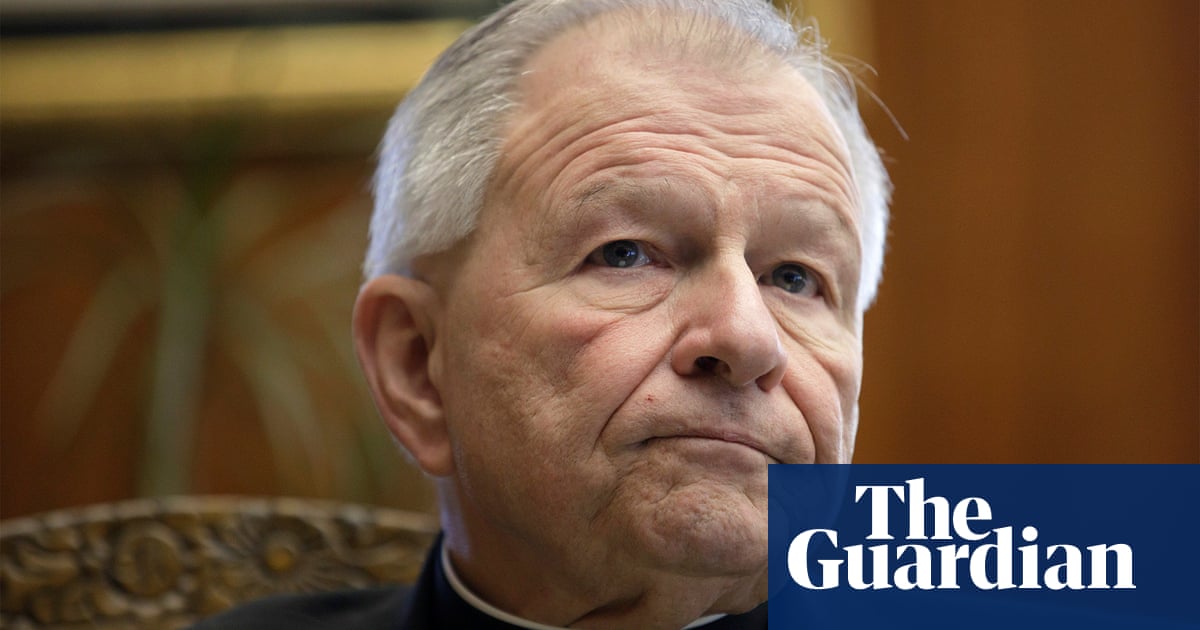A group of attorneys representingclergy abusesurvivors is ramping up pressure to get the archbishop ofNew Orleans,Gregory Aymond, under oath before a judge decides whether to kick the churchout of bankruptcy.
Lawyers for hundreds of survivors filed a motion Wednesday to end the church’s Chapter 11 bankruptcy protection, a day before the fifth anniversary of a case that’s paid none of about 500 survivors but has cost the archdiocese around $45m in legal and professional fees.
The survivors’ request to dismiss the bankruptcy also comes a day after the federal bankruptcy judge overseeing the case, Meredith Grabill,ordered the archdioceseto appear in court on 26 June to show why she shouldn’t simply end the bankruptcy.
But by filing their own motion to dismiss the case, the group of survivors trigger a 30-day deadline for an open hearing on the matter. And a smaller group of the same attorneys, representing dozens of survivors, argue in a separate filing Wednesday that a deposition of Aymond is “both relevant and necessary” and should happen sometime in mid-to-late-May.
Aymond was scheduled to be questioned under oath about his role in the clergy abuse crisis, but his testimony was halted, along with about three dozen civil lawsuits pending against the church, when the archdiocese filed for bankruptcy protection on 1 May 2020.
The new request to put Aymond on the stand – filed by attorneys Soren Gisleson, Richard Trahant, John Denenea, Desirée Charbonnet, Craig Robinson and Frank D’Amico – alleges the archbishop mismanaged the bankruptcy and acted in bad faith to stall the case while other Catholic institutions tried, unsuccessfully, to get courts to overturn a state law that allows victims of decades-old abuse to file new lawsuits.
“Aymond’s gross mismanagement of the estate and bad faith prosecution of the bankruptcy requires dismissal of the bankruptcy,” the filing alleges.
The archdiocese responded to the new court filings with a statement arguing that they didn’t raise any new issues.
“We were surprised by this inflammatory pleading in light of the court’s action to address this issue earlier this week,” the statement said, referring to Grabill’s order Tuesday.
The church also argued that dismissing the bankruptcy would “only serve to benefit a select few individuals represented by the lawyers seeking dismissal of this case, with any potential recovery for those individuals years away”.
If the bankruptcy is dismissed, dozens of cases filed before May 2020 would be unfrozen and more than 500 claimants from the bankruptcy case would have the option to file individual lawsuits against the church to seek larger damages than they might have gotten through a negotiated global settlement.
Any settlement would have created a scale for payments based on how much proof each claimant has of contact with a priest when they were children and the severity of the abuse they allegedly suffered.
On the other hand, a settlement might have included some payments to survivors who wouldn’t otherwise be able to present enough proof in an individual civil lawsuit to be awarded a judgment against the church.
